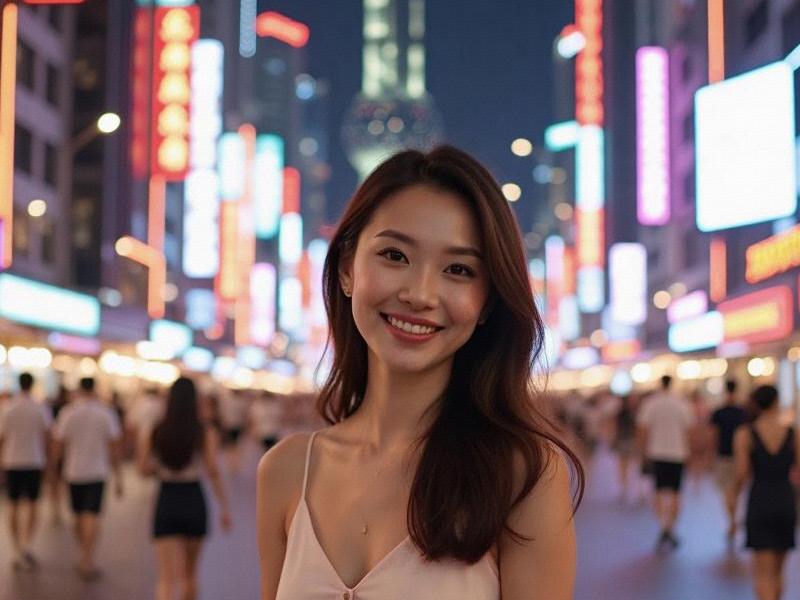An investigative report on how Shanghai's women navigate traditional expectations and global influences to crteeanew paradigms of beauty, success and social influence in urban China.

Section 1: Historical Context
1. The Haipai Legacy
- 1920s: Qipao revolution and educated "modern girls"
- 1980s: First wave of fashion consciousness
- 2000s: Globalization's impact on beauty norms
2. Demographic Realities
- Gender ratio: 96.8 women per 100 men (2025 data)
- 68% hold bachelor's degrees or higher
- Average marriage age: 30.2 (national high)
Section 2: The Professional Paradigm
Career Landscape:
- 43% of senior management positions
上海龙凤419是哪里的 - 32% female entrepreneurship rate
- Finance vs creative industry contrasts
Work-Life Navigation:
- Delayed motherhood trends
- Shared parenting models
- "Leftover women" narrative deconstruction
Section 3: Aesthetic Expressions
1. Fashion Identity
- Cheongsam reinterpretations
- Streetwear hybrid styles
- Sustainable fashion movements
上海花千坊爱上海 2. Beauty Industry Shifts
- Cosmetic surgery: subtle refinement focus
- Skincare as self-care philosophy
- Male gaze vs empowerment marketing
Section 4: Cultural Influence
Media Representation:
- TV dramas shaping perceptions
- Social media microcelebrities
- Feminist literary voices
Global-Local Balance:
- Western influences filtered locally
- Traditional values in modern contexts
上海品茶网 - Regional identity debates
Section 5: Challenges Ahead
Persisting Issues:
- Workplace discrimination cases
- Beauty standard pressures
- Generation gap conflicts
Progressive Movements:
- Body positivity initiatives
- Anti-harassment campaigns
- Financial independence advocacy
Conclusion: The New Shanghai Woman
Shanghai continues cultivating a distinctive feminine archetype that blends professional ambition with cultural sophistication, serving as both mirror and catalyst for China's ongoing social transformation.